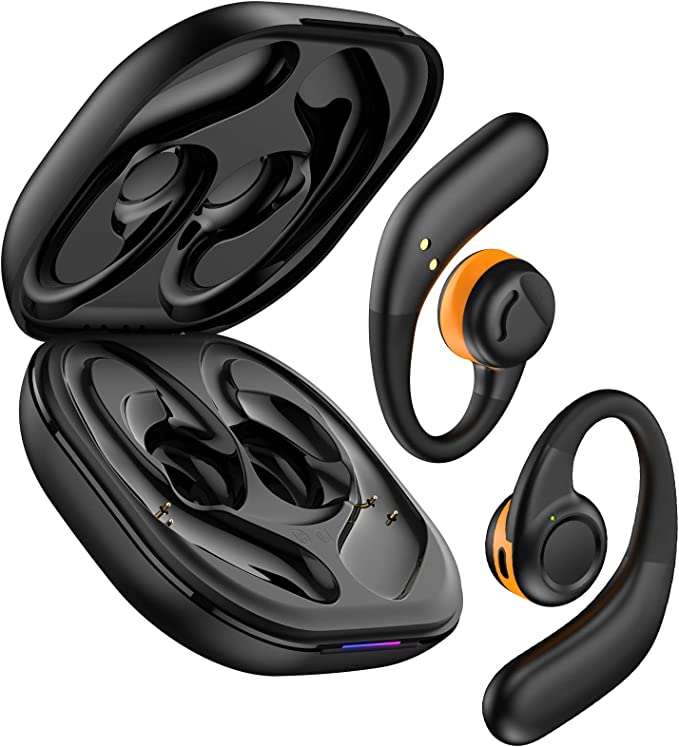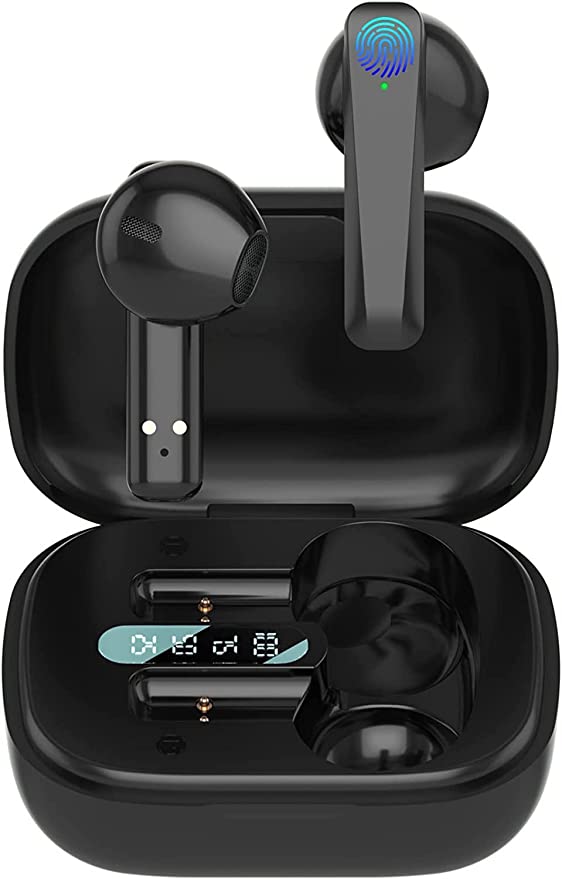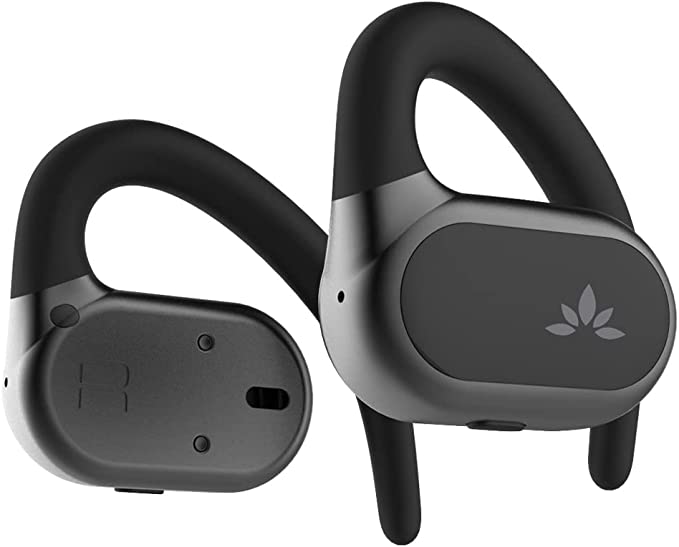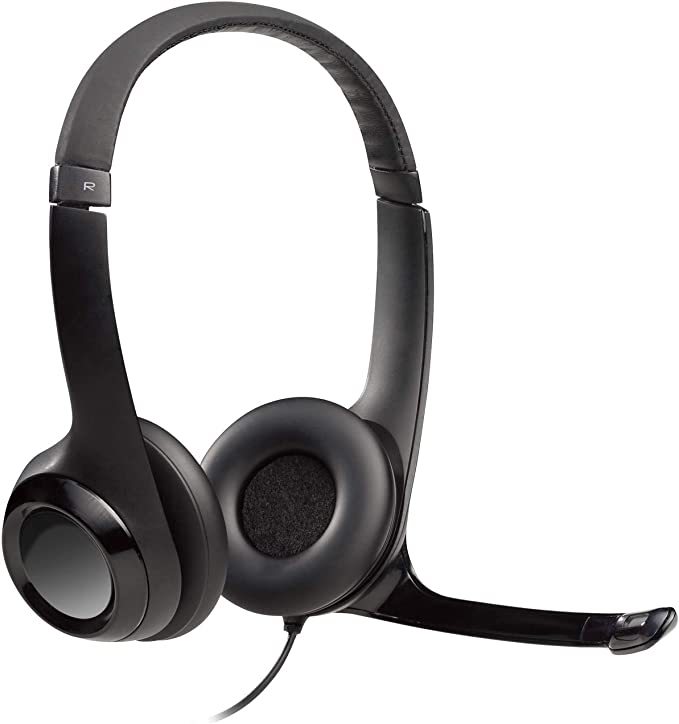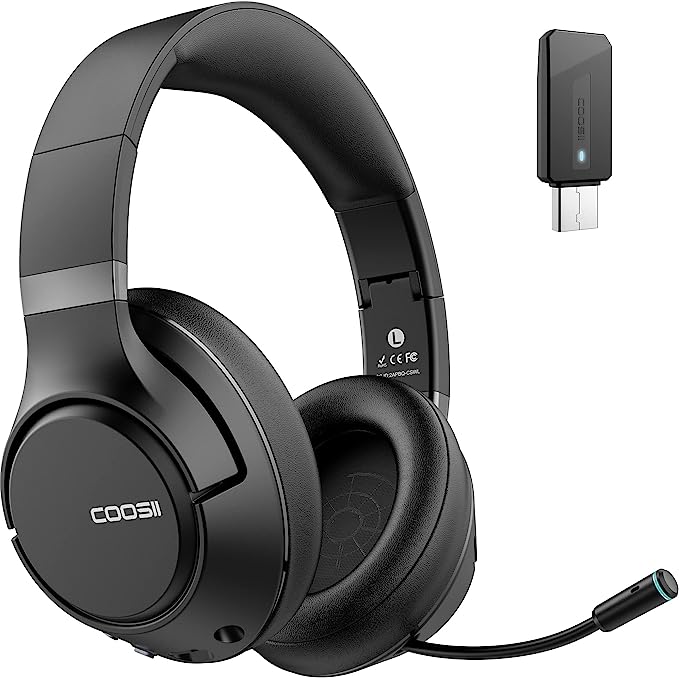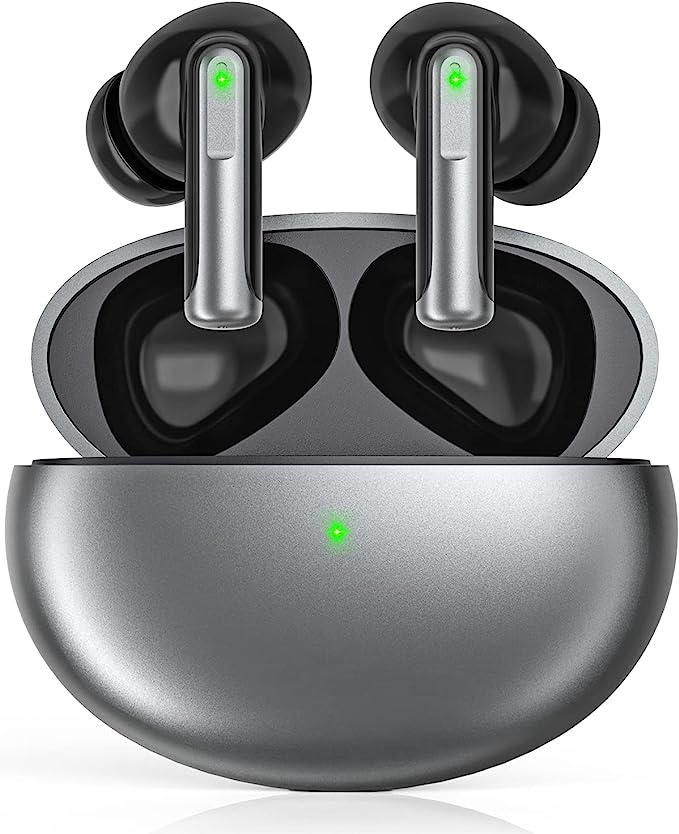The Ultimate Guide to Open-Ear Headphones: Sound, Safety, and the Science of Aware Listening
Update on Oct. 29, 2025, 5:49 p.m.
The Soundscape Reimagined: A Deep Dive into Open-Ear Audio Technology
We’ve all been there. You’re lost in a podcast, but you miss your coffee order being called. You’re on a run, energized by your playlist, but you don’t hear the cyclist approaching from behind. For years, personal audio presented a stark choice: immersive isolation or disconnected silence. But what if we could have both? What if we could layer our personal soundtrack onto the world without walling it off?
Welcome to the world of open-ear audio. This isn’t just a new gadget trend; it’s a fundamental shift in how we integrate sound into our lives. It’s a technology built on the principle of awareness. Today, we’re going to pull back the curtain on this fascinating technology. Forget marketing buzzwords. We’ll explore the science, the design choices, and the real-world trade-offs. To make these concepts tangible, we’ll use the Monster Open AC601 earbuds as a running case study, examining how its features exemplify the principles of open-ear listening.

The Core Philosophy: Why Hearing More is the Goal
Before we get into the hardware, let’s talk about biology. Your ears are incredible instruments, finely tuned for what scientists call “selective attention.” Think of the “cocktail party effect”—your brain’s uncanny ability to focus on a single conversation in a loud room. This is a survival skill, and traditional earbuds that seal your ear canal effectively disable it. While great for blocking out distractions on a plane, this “plugged-in” feeling can compromise safety and create a sense of detachment in daily life.
Open-ear designs work with your natural hearing, not against it. By leaving the ear canal unobstructed, they preserve your situational awareness. This allows you to enjoy music while still hearing a car horn, a colleague’s question, or your child calling from the other room. It’s about blending your digital audio with your physical environment.
The physical design is the first step. Many open-ear devices use a clip-on or hook-style form factor. The Monster AC601, for instance, employs a “Comfort Clip-On” design that rests on the outside of the ear. The goal is to eliminate the pressure and fatigue that some people feel from in-ear models, making them comfortable for hours of wear—a key consideration for anyone who uses them for work or extended exercise.
The Physics of Open-Air Sound: A Driver’s Dilemma
So, if nothing is plugging your ear, how do you hear the music clearly? The answer lies in the driver, the miniature speaker inside every headphone. This is where the engineering gets interesting.
The AC601 features 13mm PVK composite drivers. Let’s break that down like a mentor would:
- 13mm Diameter: In the world of speakers, size often matters. A larger driver can move more air, which is essential for producing lower frequencies (bass). Think of it as the difference between a ukulele and a cello—the larger body of the cello resonates to create a deeper sound. A 13mm driver is quite large for an earbud, representing an attempt to deliver a fuller sound profile.
- PVK Composite Diaphragm: The diaphragm is the membrane that vibrates to create sound waves. The ideal material is a paradox: it needs to be incredibly stiff to vibrate accurately without distorting (for clear highs), yet incredibly light to respond instantly to the audio signal (for crisp details). A “composite” material means engineers have blended different substances to achieve this balance.
However, open-ear designs face a fundamental physics problem: bass response. Low-frequency sound waves are long and radiate in all directions. Without a seal to trap this acoustic energy in your ear canal, some of that “punch” inevitably escapes. This is the single biggest trade-off of open-ear audio. Users often report a more “airy” or “natural” sound, but with less deep, thumping bass than their in-ear counterparts. It’s not necessarily a flaw, but a characteristic of the design. Success lies in balancing this trade-off to create a sound that is pleasant and clear, even if it doesn’t rattle your skull.

The Unbreakable Thread: What Bluetooth 5.4 Actually Means
Wireless audio is powered by Bluetooth, but not all Bluetooth is created equal. The AC601 uses Bluetooth 5.4, one of the latest iterations. Seeing a number like “5.4” is less important than understanding what it does for your experience.
Think of each Bluetooth version as a smarter, more efficient messenger. Early versions were slow and prone to dropping the message (audio dropouts). Bluetooth 5.4 offers several key improvements:
- Connection Stability: It’s more robust in crowded wireless environments, like a busy gym or office, reducing frustrating stutters and disconnects.
- Low Latency: This is the delay between what you see on screen and what you hear. High latency is a deal-breaker for watching videos (lip-sync errors) or gaming (sound effects lagging behind your actions). Bluetooth 5.4 significantly reduces this delay, ensuring your audio and video are in sync.
- Efficiency: It uses less power, which means longer battery life for both your earbuds and your phone. This efficiency is what allows devices to boast total playtimes of 30+ hours when combined with their charging cases.
- Data Speed: The product info mentions a “90% increase in speed.” For audio, this wider “pipe” allows for the potential transmission of higher-quality audio files with less compression, leading to a richer, more detailed sound.
So, when you see “Bluetooth 5.4,” don’t just see a number. See a more stable, responsive, and efficient connection that forms the invisible backbone of your listening experience.
The Two Sides of “Noise Cancellation”: ENC vs. ANC Explained
“Noise Cancellation” is one of the most confusing terms in audio. It’s crucial to understand the difference between two key technologies: ANC and ENC.
-
Active Noise Cancellation (ANC): This is for you, the listener. It uses microphones to listen to the outside world and creates an “anti-noise” wave to cancel out ambient sounds before they reach your ear. It’s what creates that bubble of silence. Open-ear headphones, by design, do not have ANC because their purpose is to let outside sound in.
-
Environmental Noise Cancellation (ENC): This is for the person you’re talking to. When you’re on a phone call, ENC uses sophisticated algorithms and multiple microphones to identify your voice and separate it from background noise—like wind, traffic, or coffee shop chatter. The system then suppresses that background noise, so your voice is transmitted clearly.
The Monster AC601 includes ENC technology. It acts as an intelligent filter for your microphones. While the goal is a crystal-clear call, performance can vary based on the complexity of the noise and the quality of the microphone hardware. It’s a feature designed not for your music listening, but for your communication.

Designed for Real Life: Durability and Ergonomics
Wearable tech has to withstand the rigors of daily life. For earbuds, this often comes down to two things: resistance to the elements and a comfortable, secure fit.
The AC601 carries an IPX5 waterproof rating. Let’s decode this standard: * IP stands for “Ingress Protection.” * The X means it hasn’t been rated for dust protection. * The 5 is the key number for liquids. It means the device is protected from low-pressure water jets from any direction.
In practical terms, IPX5 means it can easily handle sweat from a hard workout or getting caught in the rain. You can’t go swimming with them, but they are built for an active lifestyle.
Equally important is ergonomics. A clip-on design aims to solve two problems: the discomfort some feel from objects lodged in their ear canal, and the tendency for earbuds to fall out during vigorous activity. By distributing its light weight across the structure of the outer ear, the design seeks a balance between a gentle presence and a secure grip. The success of this balance is highly personal and depends on individual ear shape, but for many, it provides a “barely there” feeling that traditional buds can’t match.

Conclusion: A Tool for a Specific Task
Open-ear audio technology, as exemplified in devices like the Monster AC601, is not a replacement for every other type of headphone. Instead, it’s a specialized tool for a modern need: the desire to stay connected to two worlds at once.
It is for the runner who needs to hear traffic, the parent who needs to listen for their kids, and the office worker who wants music without ignoring their colleagues. The trade-off is often a reduction in deep bass and the absence of immersive noise isolation. But in return, users gain comfort, safety, and a more natural, seamless integration of audio into their lives.
By understanding the science behind the features—from the physics of the drivers to the digital intelligence of Bluetooth and ENC—you can move beyond the marketing and make an informed choice. The future of audio isn’t just about sound quality; it’s about how that sound fits into the rich, complex, and often noisy tapestry of our everyday world.









